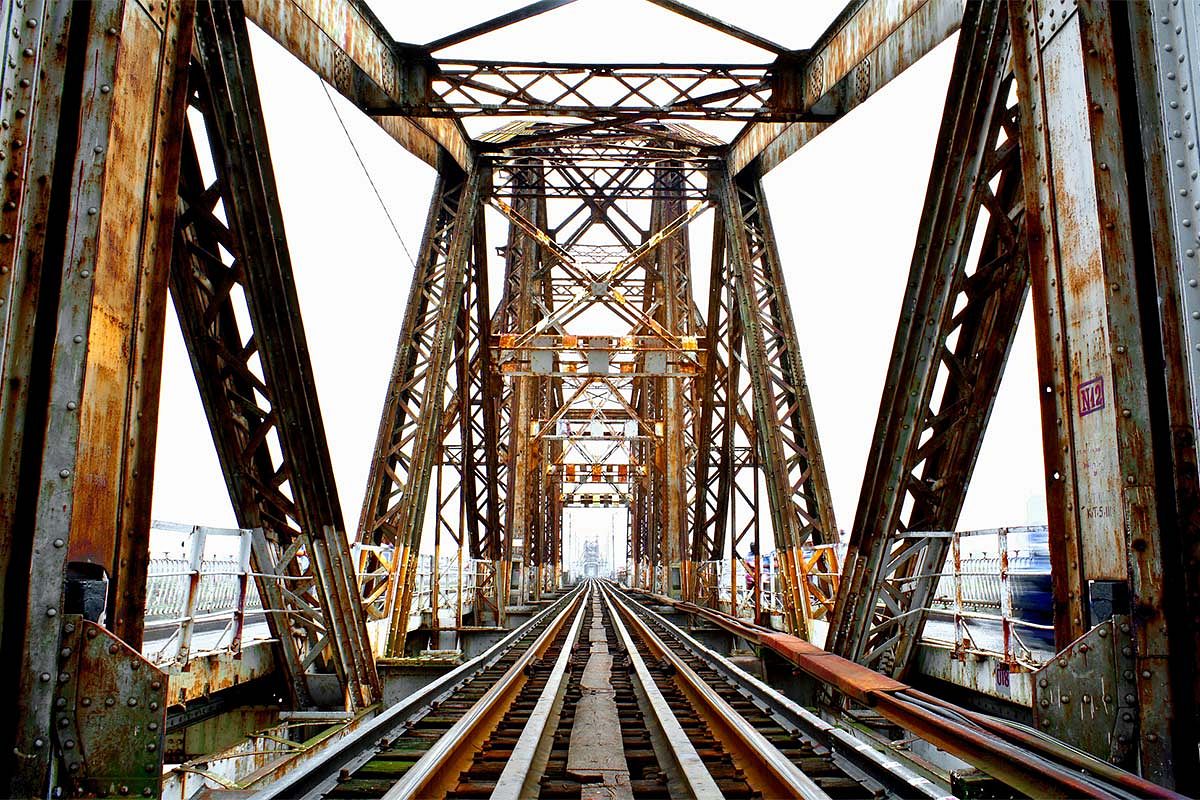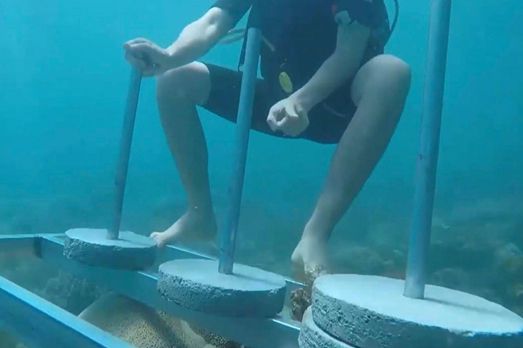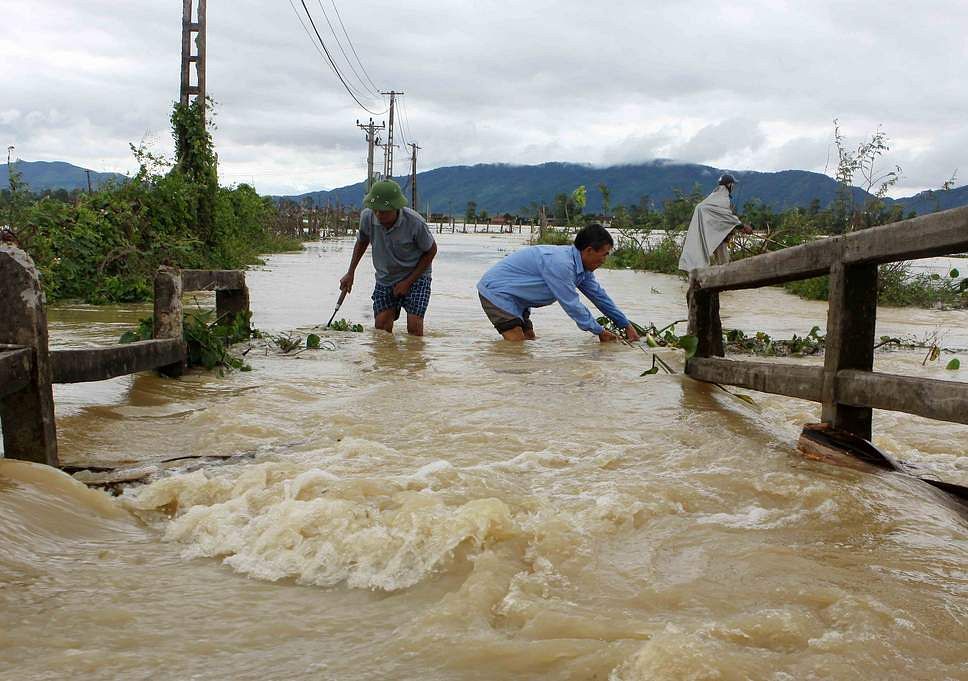According to a recently completed feasibility study, Vietnam might need to shell out almost US$60 billion to complete an ambitious high-speed railway that traverses the length of the country.
As Dan Tri reports, on August 28, a consortium of consultants from Vietnamese firms TEDI, TRICC and TEDIS presented a detailed report on the feasibility of establishing a north-south high-speed railway in Vietnam. It’s estimated that the project will cost US$58.71 billion.
The track will span 1,545 kilometers with three main sections: a 285-kilometer journey from Hanoi to Vinh (US$10.83 billion), a second 896-kilometer stretch from Vinh to Nha Trang (US$34.05 billion) and the last 364-kilometer section from Nha Trang to Saigon (US$13.83 billion).
According to the plan, construction on the two sections from Hanoi and Saigon will be prioritized during the 2020–2030 period. If the project is greenlit early, trials could begin as early as 2028 to get ready for a commercial launch in 2032. High-speed trains will run on a double track standard gauge (1,435 millimeters) through 23 stations using the distributed traction technology similar to Japan’s.
Around 60% of the track will be viaducts while 10% will be underground and 30% is on land, VnExpress reports. The entire system will be shielded by fencing. The consortium plans to have trains run at 160–200 kilometers per hour (km/h) after the first section is done then the speed could increase to 350 km/h when the whole line is completed in 2040–2045.
Some experts voiced concerns at the presentation regarding whether the high-speed railway, which carries a hefty price tag, could compete with airlines, Vietnam’s current favorite way to travel long distance due to short travel time and affordability.
The consortium shared that during the first phase at the speed of 200 km/h, the railway might only account for 2.7% of the market for transportation while at 350 km/h, this figure would be 14%. Moreover, researchers believe that commuters will also be enticed by the time they could save by not having to deal with airport customs. Moreover, once done, the high-speed trains could reduce the trip from Saigon to Hanoi from 30-odd hours to just around eight hours.
This is not the first time Vietnam has dreamt of establishing a high-speed railway system. A similar proposal was put forth in 2007 and later rejected due to high cost; and, it has re-entered the public discourse several times over the years. The latest was in January this year after some research conducted by Japanese International Co-operation Agency (JICA) and by Transport Engineering Design Inc. (TEDI) was presented during a year-end working session.
[Photo via Creative Commons]














